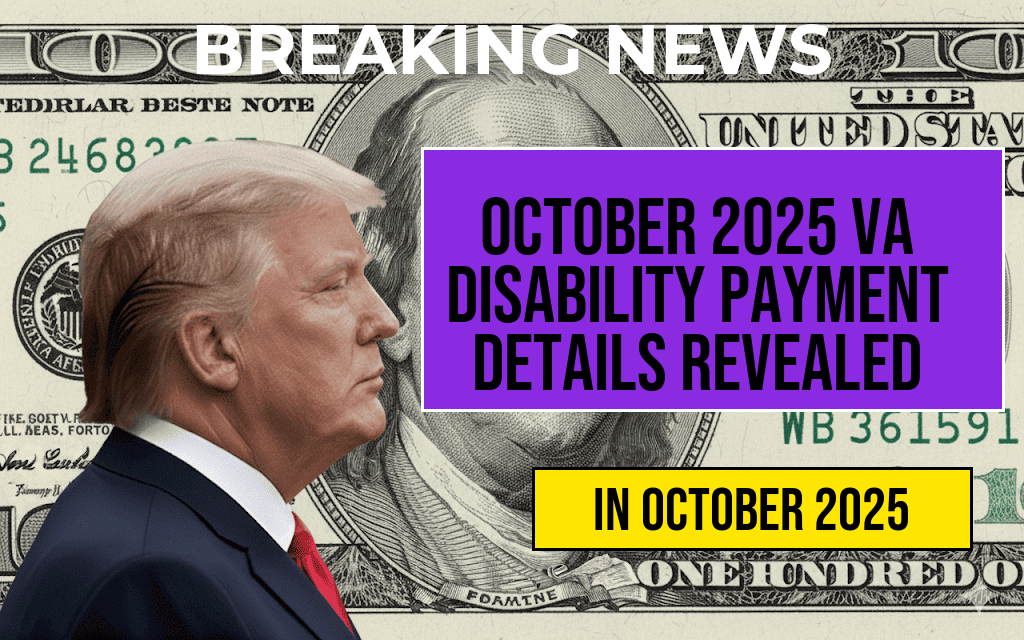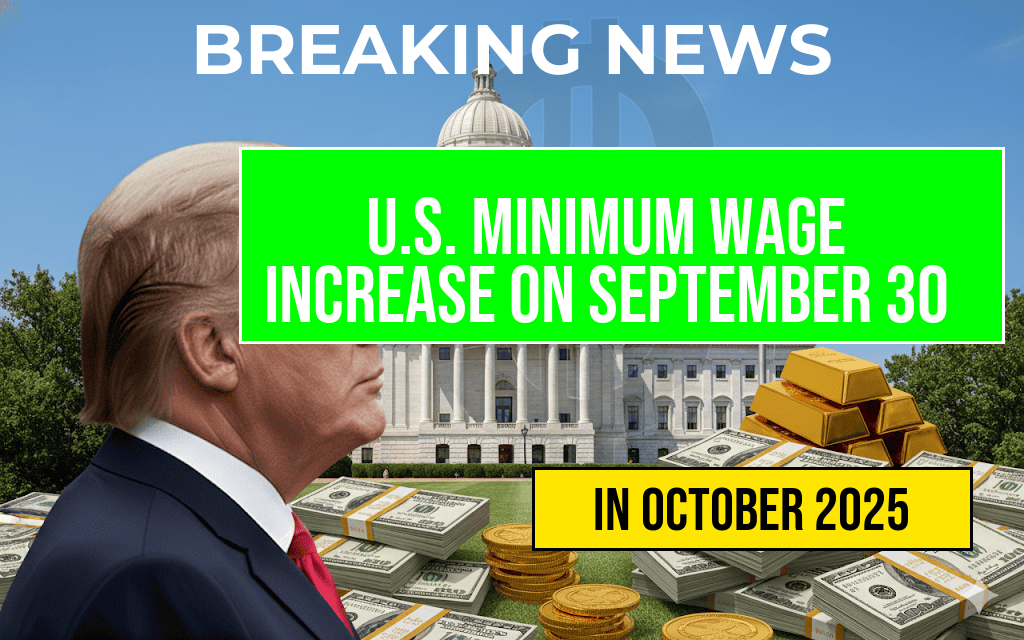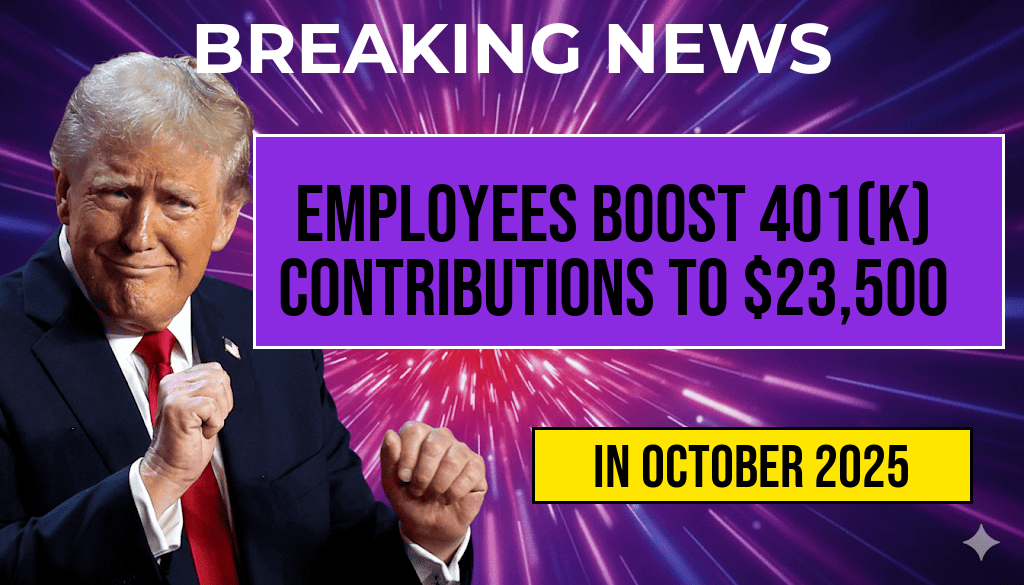The recent decision to raise the federal minimum wage by $1 has ignited a heated debate about its potential impact on small businesses across the United States. While advocates argue that the increase will provide much-needed relief to low-income workers, many small business owners express concerns about the financial strain it may impose. With tighter profit margins and rising operational costs, some entrepreneurs fear that the wage hike could lead to layoffs or even business closures. As the economy continues to recover from the pandemic, this new policy could pose significant challenges for small enterprises that are still finding their footing.
Economic Landscape and Small Business Concerns
According to the latest data from the U.S. Small Business Administration, small businesses employ nearly half of the private workforce in the nation. This makes them particularly vulnerable to changes in labor costs. The National Federation of Independent Business (NFIB) has reported that many small business owners are already struggling with inflation, supply chain disruptions, and labor shortages. The additional burden of a mandated wage increase could exacerbate these challenges.
Potential Impact on Employment
As small businesses navigate the complexities of the new wage law, the potential for layoffs looms large. A recent survey conducted by the NFIB found that nearly 60% of small business owners believe they may have to reduce their workforce to offset the increased labor costs. This sentiment is echoed in various industries, including retail, hospitality, and food services, where profit margins are notoriously thin.
- Retail Sector: Many retailers are concerned that higher wages could lead to reduced hours for employees or layoffs, especially during off-peak seasons.
- Hospitality Industry: Restaurants and hotels, which often operate on slim margins, may struggle to maintain staffing levels without increasing prices for consumers.
- Service Providers: Small service-oriented businesses may need to streamline operations, potentially impacting service quality and customer satisfaction.
Automation as a Response
In light of the wage increase, some small business owners are considering automation as a viable solution to manage costs. Technology has advanced rapidly, providing affordable tools that can streamline operations and enhance efficiency. For instance, restaurants are increasingly adopting self-service kiosks, while retail stores are exploring automated checkouts.
While automation can reduce labor costs, it raises a critical question: will the shift toward technology lead to job losses? Experts suggest that while some positions may be eliminated, new roles could emerge in tech support and maintenance. However, the transition may not be seamless for all workers.
Balancing Fair Wages and Business Viability
Finding a middle ground between fair wages for employees and sustainable operations for small businesses is crucial. Many advocates for the wage increase argue that paying workers a living wage will enhance productivity and reduce turnover, ultimately benefiting businesses in the long run. However, small business owners counter that without the flexibility to adjust wages based on economic conditions, their ability to thrive is compromised.
Policy Alternatives and Support Measures
To mitigate the potential negative effects of the wage increase, policymakers could consider implementing support measures for small businesses. Options may include:
- Tax Incentives: Providing tax breaks for businesses that meet specific hiring or wage criteria could alleviate financial pressure.
- Training Programs: Investing in workforce development initiatives can help businesses upskill their employees, making them more productive and valuable.
- Flexible Wage Policies: Allowing businesses to adjust wages based on local economic conditions could provide the necessary flexibility for survival.
Conclusion: A Complex Future Ahead
The $1 wage increase presents both opportunities and challenges for small businesses. As the landscape continues to evolve, it remains to be seen how these businesses will adapt to the new economic reality. Stakeholders from all sides need to engage in constructive dialogue to ensure that the interests of workers and employers are balanced. As small businesses play a vital role in the economy, fostering an environment that promotes both fair compensation and business viability is essential for sustainable growth.
For further information on the implications of minimum wage increases, visit Forbes or consult the U.S. Small Business Administration’s guidelines on workforce management at SBA.gov.
Frequently Asked Questions
Will the $1 wage increase lead to layoffs in small businesses?
Many experts believe that the $1 wage increase could potentially lead to layoffs in some small businesses, particularly those that operate on thin profit margins. However, the extent of layoffs will vary based on the industry and the specific financial situation of each business.
How can small businesses adapt to a $1 wage increase?
Small businesses can adapt to a $1 wage increase by implementing strategies such as increasing prices, improving operational efficiency, or exploring automation technologies to reduce labor costs.
What are the potential benefits of a $1 wage increase for workers?
A $1 wage increase can lead to improved employee morale, increased productivity, and reduced turnover rates, which can ultimately benefit small businesses in the long run.
Are there any exemptions for small businesses regarding the wage increase?
Some regions may offer exemptions or phased implementation plans for small businesses, allowing them more time to adjust to a $1 wage increase. It’s essential for business owners to check local regulations and guidelines.
What impact could automation have on employment in small businesses?
Automation can potentially reduce the need for certain jobs, but it can also create new opportunities and roles that require different skill sets. The overall impact on employment will depend on how businesses choose to implement automation alongside wage increases.











